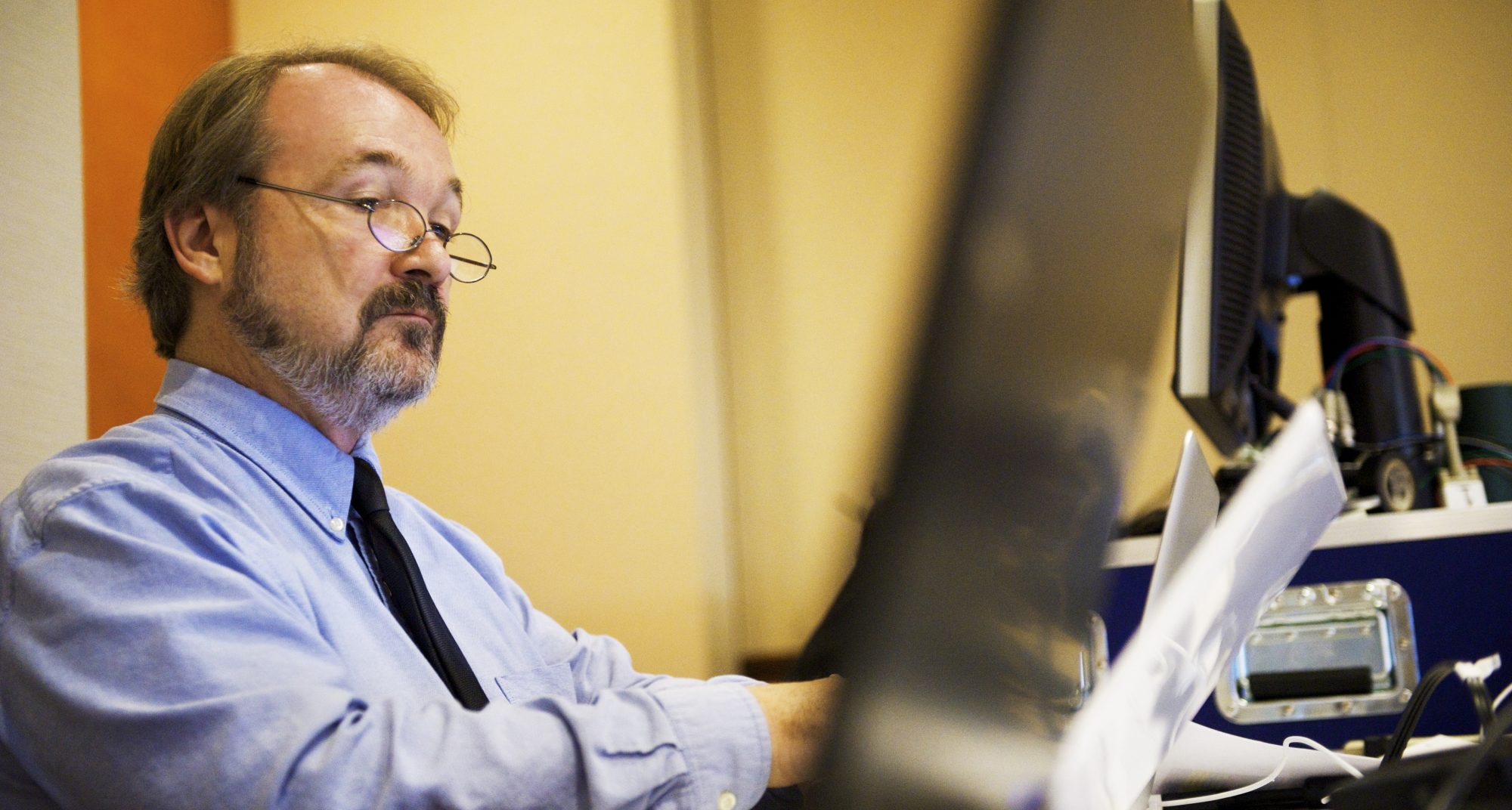
(Image from Steve Johnson via Unsplash)
Kanak Jha is the best table tennis player that the US has ever produced. He’s only 21, he’s been to the Rio Olympics in 2016 and the Tokyo Olympics this month, he’s won a gold and two bronze medals at the 2019 Pan American Games. He plays professionally with TTF Liebherr Ochsenhausen of the elite German Bundesliga, which is akin to playing in the National Hockey League. And yet, last week, he lost in the men’s singles at the Olympics in the round of 64. So, simple question: Is he good?
It takes so much work to even have a chance to fail. Don’t get me wrong, it’s easy to be inept. There are tens of millions of things that I’d be inept at, because I’ve never given them any practice at all. From chemistry to ballet, from skateboarding to online multiplayer video games, there’s a vast universe of things at which I would be instantly and identifiably awful.
No, I’m talking about a different phenomenon. I’m talking about people who are really, really skilled and trained at something, whose excellence has been identified and praised, who sometimes do work that isn’t good. Think of Matthew McConnaughey in Sahara, or Charlize Theron in Aeon Flux. Think of Madonna releasing MDNA, or Emerson, Lake and Palmer subverting their entire career with Love Beach. Think of any athlete who has a rough day with the entire world watching, at the World Series or the Women’s World Cup soccer tournament. It takes a lot of work to come up short.
I’m at the point of my current novel where the question comes up — but what if it’s no good?? I’ve got a lot of plates launched and spinning: the sibling tension, the multicultural romantic drama, the emotionally wounded child, the physically wounded hero, the dying sister, the questions of whether one career will launch or another career sustain, the questions of sexual identity and sexual fluidity. That’s a LOT of plates. Too many? Are some working in opposition to others? Does the variety distract from the whole? And what if one of those plates drops and shatters? Ruins the whole act, right?
Plus I sent one of my prior novels to the printer last week for a short run. I wrote it in 2016-18, so it’s three years prior to Leopard or Trailing Spouse. I was a similar but not identical writer to the guy who wrote those later two. So what if The City Killers is no good? Am I just assembling the outtakes?
And there are other books I haven’t gone back to for revision and assembly. I’m planning to, but maybe that’s a bad idea, because they’re no good.
You’ve been there, I’m betting. You’ve wondered whether the work you’ve invested so much care and effort in is no good. So here’s my half-full thought for today on that.
It’s okay if it isn’t.
One of my writing heroes, Jon Carroll of the San Francisco Chronicle, wrote a daily 700-word essay five days a week from 1983 through 2015. They were wonderful, mostly, but of course not entirely. Any career with over seven thousand essays has to produce a dud now and again. Anyway, he was wrestling with this question — but what if it’s no good?? — one day, and came to a formulation that he believes supported him through his entire career. He said, “One of these five columns is going to be my worst column of the week. And I probably won’t know which one it is.” Once he gave himself permission to not be on an identifiably and perpetually upward arc, he freed himself to write more fully.
Here’s a challenge. Spend a weekday afternoon watching television. Scroll around and flip through the channels. It’ll be a real challenge to find anything that’s good anywhere in your hundred-channel basic package. And these are people who’ve made real careers around those cooking shows or soap operas or sports-shouting panels, around those game shows or shopping channels. They provide a lot of people with a solid living, and almost none of them are any good.
The science fiction writer Theodore Sturgeon once responded to a critic who said that science fiction wasn’t literary because so much of it was low quality. Sturgeon responded that most work in most genres was of low quality. His more colorful phrasing, which has come down to us now as Sturgeon’s Law, was “Ninety percent of everything is crap.”
Yes, ninety percent of everything is crap, and you deserve to make some of it. You are doomed to make some of it. If you do enough work with enough care for enough time, you will produce some of that work that is of lesser quality. It is as close to an immutable, inevitable fact as any social phenomenon I can imagine.
And that’s encouraging, I think. It gives us permission to do everything we can as fully as we can, and learn the verdict later on. So pull on your muck boots and wade back out there, comrades. If it’s every bit as good as you can make it today, then it’s made today worthwhile.





